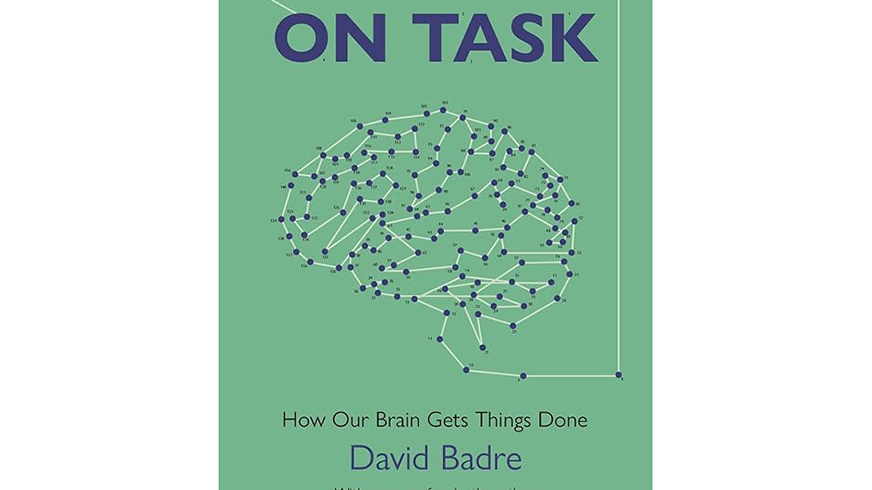Laurence Steinberg, professor of psychology at Temple University, provides a compelling call to action grounded in psychological and neuroscientific research in Age of Opportunity: Lessons from the New Science of Adolescence. Adolescence (roughly defined as ages 10-25) lasts longer than in previous generations. Comparisons of today’s U.S. adolescents to adolescents of previous generations suggest that they are doing no better in terms of critical social, health, and societal measures. Comparisons to our peer-nations suggest that U.S. adolescents are doing worse. Thus, Steinberg urges parents, educators, policy makers, and other actors to rethink how they raise and interact with adolescents. Recent research about the adolescent brain suggests that adolescence is a unique time for developing skills to flourish, but this must be balanced against adolescents’ proclivity for risk-taking and poor self-control. Incisive and comprehensible, Age of Opportunity is a worthwhile read for educators and parents of adolescents as well as anyone interested in understanding the causes and implications of shifting demographic trends among young people.
Steinberg argues that society needs to invest in the period of adolescence because the brain will never again be as plastic. Research in the last fifteen years illuminates the unique features of the adolescent brain. Neural connections among various regions of the brain, which mature at different rates, are reorganized during adolescence. The more we use particular skills the better connected the regions of the brain that facilitate those skills will be. The brain systems that undergo the greatest change during adolescence are those that control reward-seeking, relationships, and regulatory behaviors. Remembering is also exaggerated during adolescence. The adolescent brain continues to develop towards an adult-like form well into the twenties, which parallels societal changes in the protraction of adolescence into the twenties.
In the mid-1800s, adolescence—bookended by menarche (first period) and marriage—lasted about five years. In 2010, it was about fifteen years and by 2020 Steinberg suggests that it may be as many as twenty years. Obesity, low birth weights, and exposure to light, stress, and certain endocrine-disrupting chemicals have all hastened the arrival of adolescence. Steinberg presents evidence that maturing too early can increase the risk of problems like teenage pregnancy, contraction of STDs, psychological disorders, school disengagement, and even cancer. However, Steinberg argues that contrary to the media’s messages about lazy and self-indulgent 20-somethings who are unwilling to commit to a career or marriage, extending adolescence on the older end can actually improve social and cognitive development if the time is used productively to experience novelty.
One downside of prolonged adolescence is that it expands the time in which people are prone to take unreasonable risks. Connections between the brain’s limbic system, which plays a role in emotion regulation, and the prefrontal cortex, which is responsible for inhibition, are slow to develop. Also, adults make decisions about riskiness by relying on parts of their brain that control their gut (i.e., they have a “gut reaction” to risky events), but adolescents rely more on areas associated with deliberative decision-making. Adolescents’ brains respond more strongly to the pleasure of rewards than do adults. Together this helps explain why, across the globe, we see a pattern of adolescents taking more risks, seek rewards, being less deterred by losses, behaving impulsively, and acting more violently than people at any other developmental stage. This developmental change was once evolutionarily adaptive for tasks such as finding mates outside of one’s family. Nowadays, to reduce adverse adolescent behaviors, Steinberg argues that we ought to create an environment with more adult supervision to help adolescents regulate their behavior so as not to be harmed by their own risk taking.
In particular, adolescents from economically disadvantaged backgrounds need these supportive structures. Low-SES adolescents typically have less “psychological and neurobiological capital.” Steinberg defines psychological capital as noncognitive skills (e.g., self-regulation) important for success and neurobiological capital as advantages procured from a protracted period of brain plasticity. Self-control, a skill critical for success, can be developed with training in mindfulness, consistent aerobic exercise, and interventions aimed at boosting working memory.
Parents can support productive adolescent development by adopting an authoritative style in which they show their child equal parts warmth (e.g., tender touches, emotional understanding), firmness (e.g., clear expectations, fair punishments), and support (e.g., praising effort). Educators can support authoritative parenting, make school more challenging and academically engaging, and teach self-regulation. Policy makers should continue their work to reconceptualize adolescent health education, driving restrictions, and criminal punishment. The last several decades have brought legislation geared towards helping people survive adolescence. Taking into account new research about the adolescent brain and the changing cultural construction of adolescence can usher in new policies and practices geared towards helping students thrive.
Steinberg, L. (2014). Age of opportunity: Lessons from the new science of adolescence. Houghton Mifflin Harcourt.




